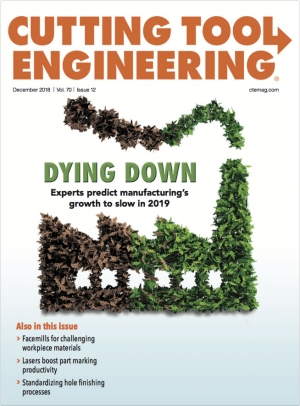A Look Ahead to downwind turbines
Traditional upwind turbines face incoming wind. To avoid being blown into the tower, a blade must be sufficiently stiff. A lot of material is required to build these relatively thick, massive blades, which drives up their cost. Turbine blades on downwind rotors, however, face away from wind, so there’s less risk of a blade hitting the tower when wind picks up. This means that blades can be lighter and more flexible, which needs less material and therefore less money to make.These downwind blades also can bend instead of break in the face of strong winds, much like palm trees.







